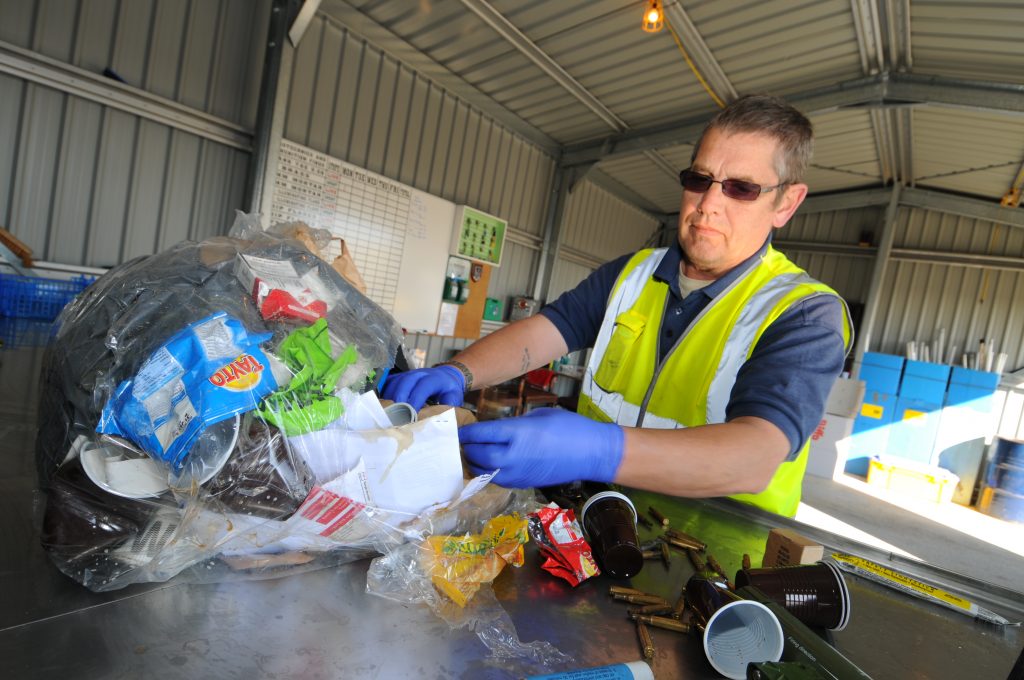
Recycling and waste management is part of the Government’s strategy to reduce greenhouse gas emissions in the UK to zero by 2050. In support of this, the MOD has a sustainability strategy, which lays out how Defence will reduce carbon and greenhouse emissions across all areas of the Defence estate. This is something that we must all do to protect the environment, support sustainability and become carbon neutral by 2050.
We’ve already made a positive start by building infrastructure in the most effective, efficient and most sustainable way possible. Here are some examples of where we are increasing recycling and re-using materials that would be considered as waste and sent to landfill.
Landmarc's support to recycle waste
Our partner Landmarc undertakes recycling activities across the Defence estate. For example, at Westdown Camp on Salisbury Plain, the team identified huge numbers of unused hexamine cookers that would have been disposed of after exercises. The team re-packed and returned the cookers to our supply chain. In seven months alone, 2,280 stoves were diverted from waste, avoiding unnecessary disposal costs.
The team at Landmarc also delivers training to their staff across the UK who handle waste. This helps to spread the message about the importance of recycling.
Minimising waste through the Army Basing Programme
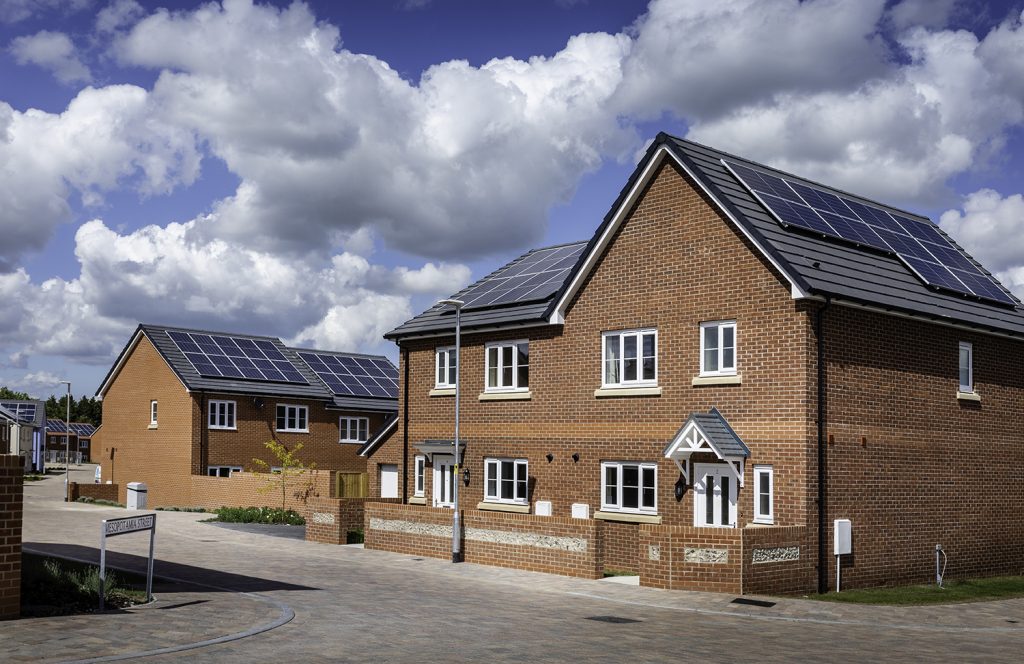
Waste generation has also been minimised across the Army’s estate with 100% of non-hazardous demolition waste crushed and reused on-site for building construction. At Perham Down, around 15,000m3 of excavated material was recently re-used to level new sports pitches. This avoided around 3,000 lorry journeys to transport material to local landfill.
Waste at Worthy Down
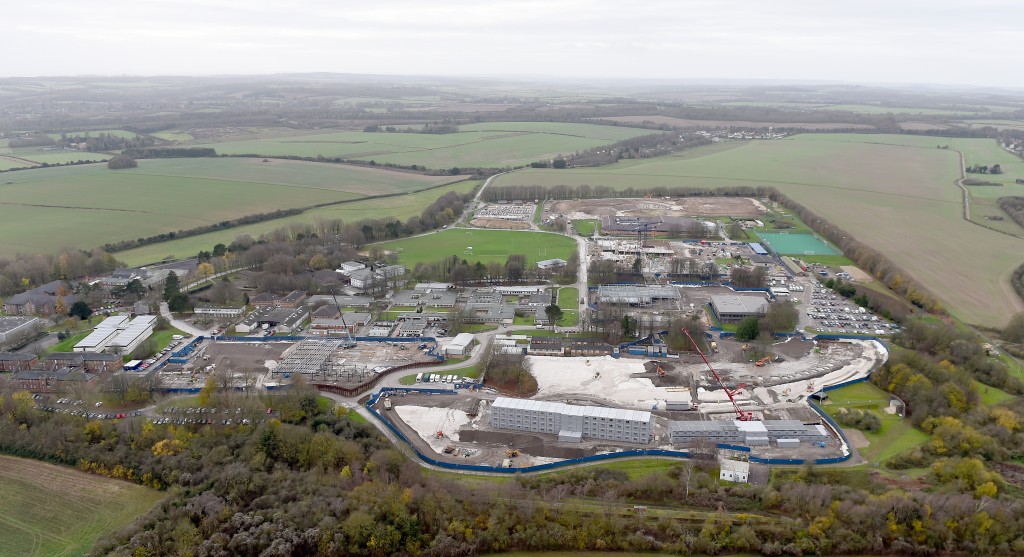
Re-constructing the Northern Ammunition Jetty
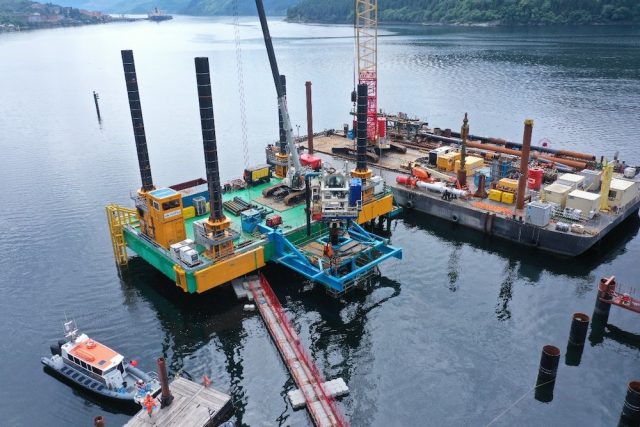
Reducing construction materials at HMNB Clyde
The Submarine Escape, Rescue Abandonment and Survival Project at HMNB Clyde has an earth retaining wall running the length of the site, which was constructed using site-won material. This helped to reduce the amount of materials needed for the construction of the wall.
Producing engineering materials from waste at RAF Marham
Project Anvil was a major infrastructure project to improve existing facilities at RAF Marham ahead of the arrival of the F-35B Lightning aircraft. The project involved crushing and processing excavated materials to produce engineering materials. It also diverted 100% of excavated materials from landfill, with 320,000 tonnes being re-used on-site.
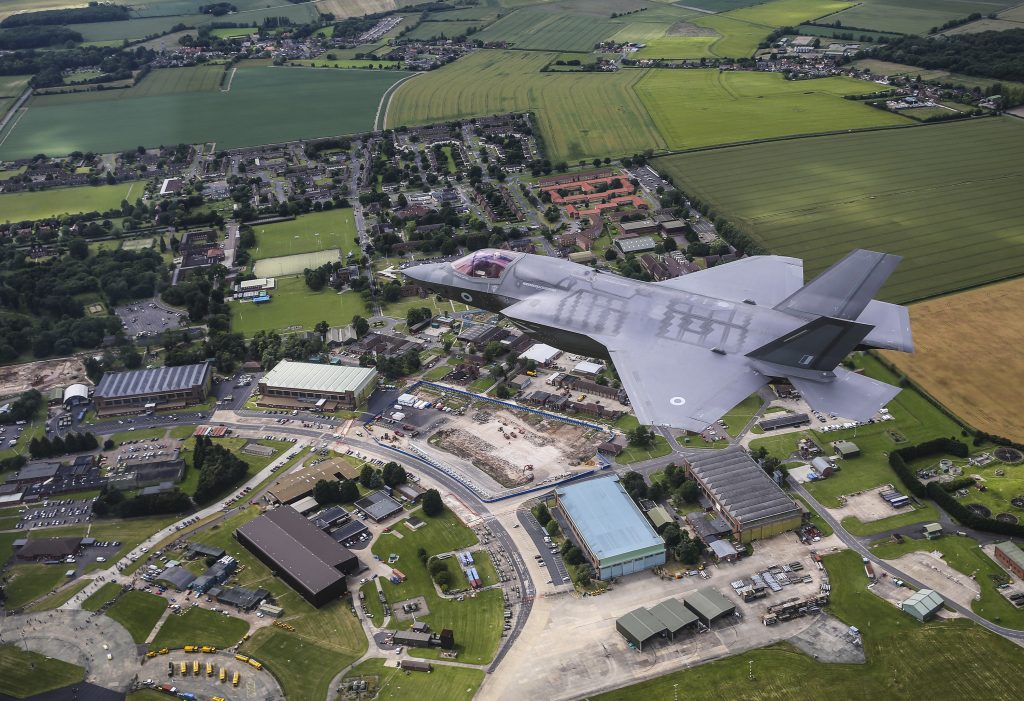
1 comment
Comment by Mr C Broadfoot posted on
This is outstanding commitment across a wide range of areas - well done DIO; great stuff.